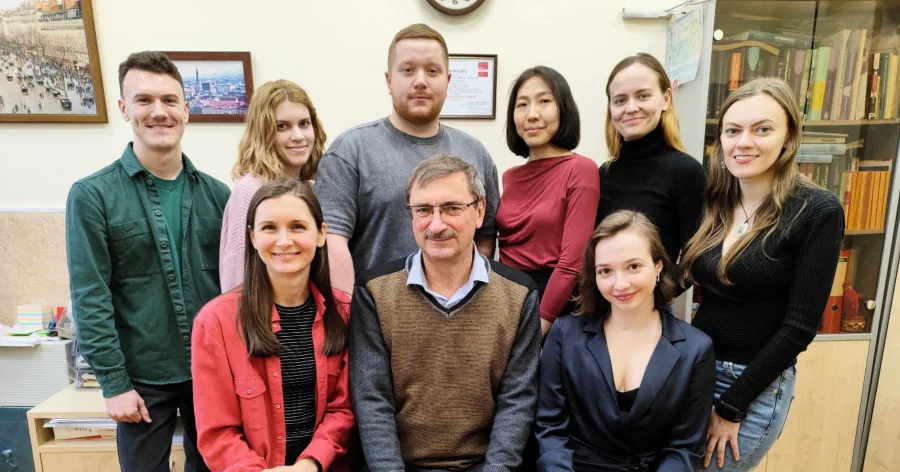Лаборатория по разработке хелаторов и их конъюгатов с молекулами-векторами для получения радиофармпрепаратов
Зубенко Анастасия Д

Лаборатория №135 занимается синтезом хелаторов макроциклического и ациклического строения, а также всесторонним исследованием их комплексообразующих свойств по отношению к катионам металлов медицинского назначения с целью создания диагностических и терапевтических радиофармпрепаратов на их основе. Для адресной доставки радионуклидного комплекса в пораженную область разрабатываются бифункциональные хелатирующие агенты и их конъюгаты с векторными молекулами, такими как пептиды, антитела и наночастицы. Наши исследования предполагают комплексный подход к решению поставленной задачи, начиная от дизайна структуры хелаторов, разработки методов их синтеза и заканчивая полным анализом их комплексообразующих характеристик. Для этого мы используем методы ВЭЖХ, масс-спектрометрии, ЯМР-спектроскопии, рентгеноструктурного анализа, квантовохимических расчетов, потенциометрического и спектрофотометрического титрования, а также проводим радионуклидное мечение и анализы устойчивости in vitro и in vivo. В ходе исследований мы определяем преимущества и недостатки новых лигандов и выявляем закономерности, оказывающие влияние на их способность к связыванию того или иного катиона металла. Полученные результаты позволяют расширить круг возможных новых радиофармпрепаратов для диагностики и лечения онкологических заболеваний, что в настоящее время является крайне актуальным.
- MALDI масс-спектроскопия
- Высоко-эффективная жидкостная хроматография (ВЭЖХ)
- Масс-спектрометрия
- Потенциометрия
- Рентгеноструктурный анализ
- Спектрофотометрия
- ЯМР-спектроскопия
- CHNS-элементный анализ











